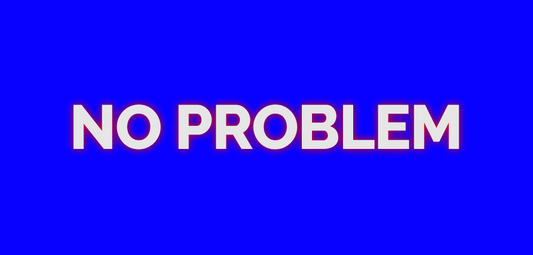The tiny messaging problem that has frozen buyers and stopped startup founders from changing the world.
You wrote the perfect sentence.
It said exactly what you meant.
Technically flawless. Sharp as a scalpel.
And totally useless.
Welcome to the Precision Trap — a condition where B2B marketers say the right thing, the wrong way.
Symptoms include:
- Describing your product with surgical clarity… and watching buyers bounce anyway.
- Spending 6 hours tuning a single phrase that only your CEO understands.
-
Running A/B tests where both versions fail — just with different synonyms.
Precision is about saying something right.
Accuracy is about saying the right thing.
Most B2B content is precise.
Almost none of it is accurate. Not really.
Your buyer isn’t grading you
They’re skimming.
They don’t care how much thought you put into your ICP-aligned, multi-touch nurture funnel email sequence.
They care that their calendar is a war zone (or a windswept tundra)
That your VP sales missed their Q1 target.
That Stef just quit mid-sprint.
They need answers. Not adjectives.
Precision sounds like this:
🚫 “We provide end-to-end workflow orchestration for enterprise teams seeking operational resilience.”
Nice.
Are you selling software or auditioning for a Gartner report?
Accuracy sounds like this:
✅ “Tina hasn’t had a clean handoff from sales to onboarding in 6 months. Her Slack DMs are a graveyard. She’s tired. That’s why they switched to us.”
Same truth.
Different world.
One is optimized for awards.
The other is optimized for relevance.
How to make your product story accurate (not just precise)
1. Stop writing like you're right
You're not in a courtroom.
You’re in a conversation.
The best B2B stories don’t win arguments — they win trust.
If your copy sounds like you’re trying to prove something, it probably won’t land.
Try this:
Instead of:
🚫 “Our product improves system interoperability for hybrid teams.”
Say:
✅ “Your ops team is duct-taping six tools together and praying it syncs. Ours actually does.”
2. Don’t describe what your product is
Describe what it feels like to not have it.
- “Marketing without analytics is like cooking without taste buds.”
- “Running sales without CRM hygiene is like driving in reverse.”
- “Trying to onboard without our HR software? You’re basically playing Minesweeper with new hires.”
Paint a picture.
Then point to their irritation.
3. Write the wrong sentence — then fix it
Here’s a trick:
Write the most boring, literal, founder-pitch version of your message. Then roast it.
Example:
🚫 “We reduce churn through streamlined in-app engagement workflows.”
Translation: I fell asleep twice during this sentence.
Now ask: What does that really mean for the buyer?
✅ “76% of members were disappearing after week 2. Now they stick around so long, we had to update our ‘loyalty’ definition.”
You can’t fix bad storytelling if you start from the perfect sentence.
4. If it sounds smart, it’s probably wrong
Complex B2B language feels safe. But it’s a trap.
The more syllables you stack, the more oxygen you suck out of your reader’s brain.
And in B2B, attention is already on life support.
Don’t prove you’re smart. Prove you get them.
5. Stop aiming for “clarity”
Aim for connection.
This is controversial, but think about it.
Clarity is a byproduct of empathy.
When you actually know exactly what keeps your buyer up at night, your copy writes itself.
Bottom line:
Precision is for engineers.
Accuracy is for marketers.
Your buyer doesn’t care that you said it right — they care that you said something true.
And if you can do that in 7 words or less?
Well… now you’re dangerous.






